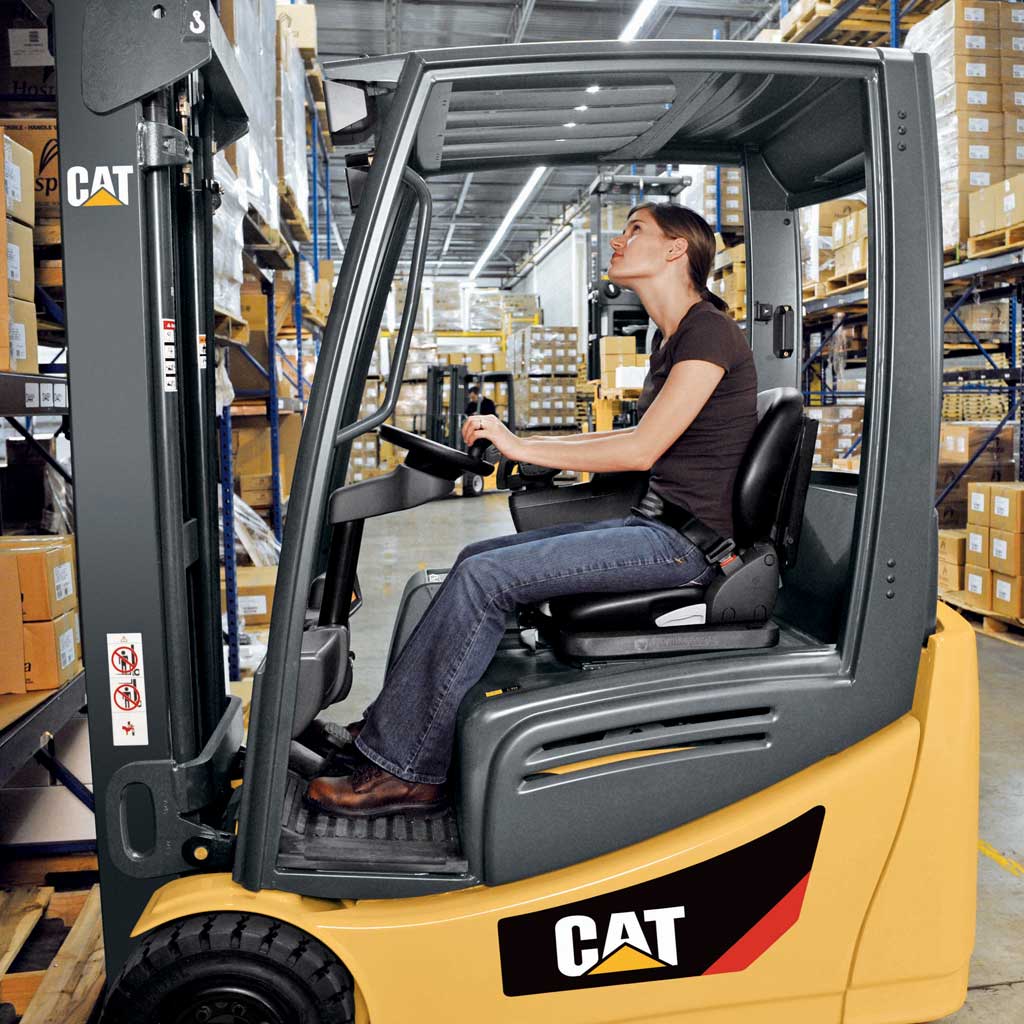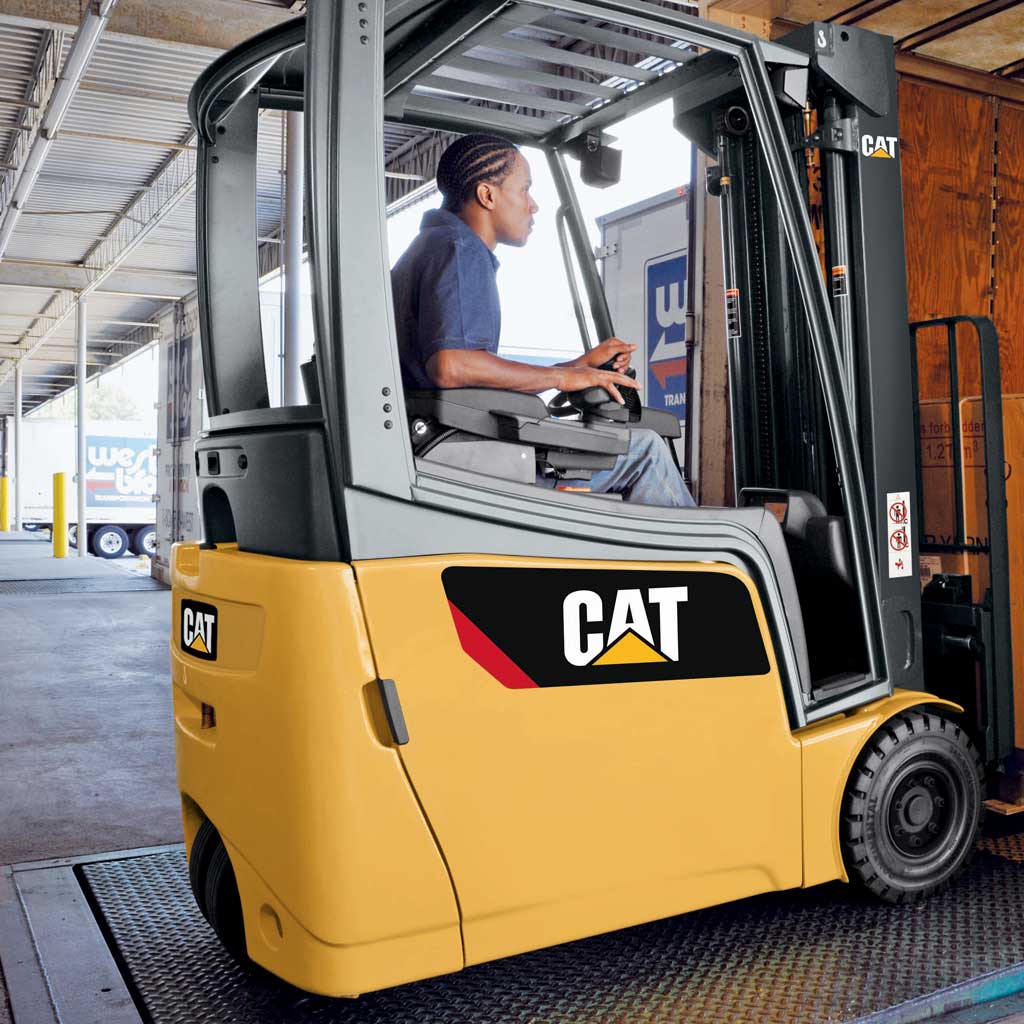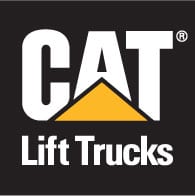Buck Distributing
Founded in 1946, Buck Distributing Company maintains a fleet of 29 semi-trucks to deliver beer products – more than 200 different brands – across Maryland. The company needs a productive fleet of lift trucks to efficiently load and unload the high-volume of beer to their customers across the region. With a mission to maintain a high-quality image and provide superior customer service, the company was looking for ways to further improve their operations performance and also reduce overhead costs to run their business.

APPLICATION MATTERS
Traditionally, Buck Distributing relied on the use of internal combustion (lC) lift trucks in its warehouse –often consuming more than 10,000 gallons of LP gas per year to power their entire fleet of forklifts.
“The lC forklifts were running out of fuel at bad times, and we had to stop frequently to fill them up,” says John Boice, warehouse manager at Buck Distributing. “That led to too much downtime.”
Buck Distributing first considered purchasing electric forklifts several years ago. The company was aware of the benefits of electric lift trucks, such as zero harmful emissions, but they were concerned that the electric forklifts would not perform as well as their existing lC lift trucks.
Buck’s Operations Manager, Harry Jones, was also concerned about the runtime of the electric lift trucks and the related battery expense and maintenance to keep pace with their current production levels. “We kept putting it off,” Jones says. “lt didn’t seem like there was going to be a money savings to us to make it worth the change.”
MEASURING THE BENEFITS
After weighing the investment and potential benefits, Buck Distributing added six of the three-wheel lift trucks to its operation. Buck’s concerns were alleviated when the new forklifts hit the warehouse floor.
In Buck’s application, the electric lift trucks consistently run multiple shifts on one battery charge, eliminating unnecessary downtime because the trucks are charged during breaks between shifts. The forklift’s efficient design also eliminated the need for multiple batteries and an extra battery rack for storage, saving precious warehouse space. Making the switch from IC to electric forklifts also came with a huge fuel savings — by eliminating the annual need for 10,000 gallons of LP gas per year to fuel their fleet – a $26,100 annual savings.
Buck’s operators also commented on improved maneuverability and comfort. The Cat three-wheel forklifts have the ability to rotate 360 degrees on a circle or complete a 90 degree turn inside an aisle, helping operators move more efficiently in tight spaces and aisles.
Jones adds, “l was very skeptical when the dealer said that we could just plug these lift trucks in and they’d be charged for an entire shift, but everything they told us about the trucks has been absolutely correct.”





